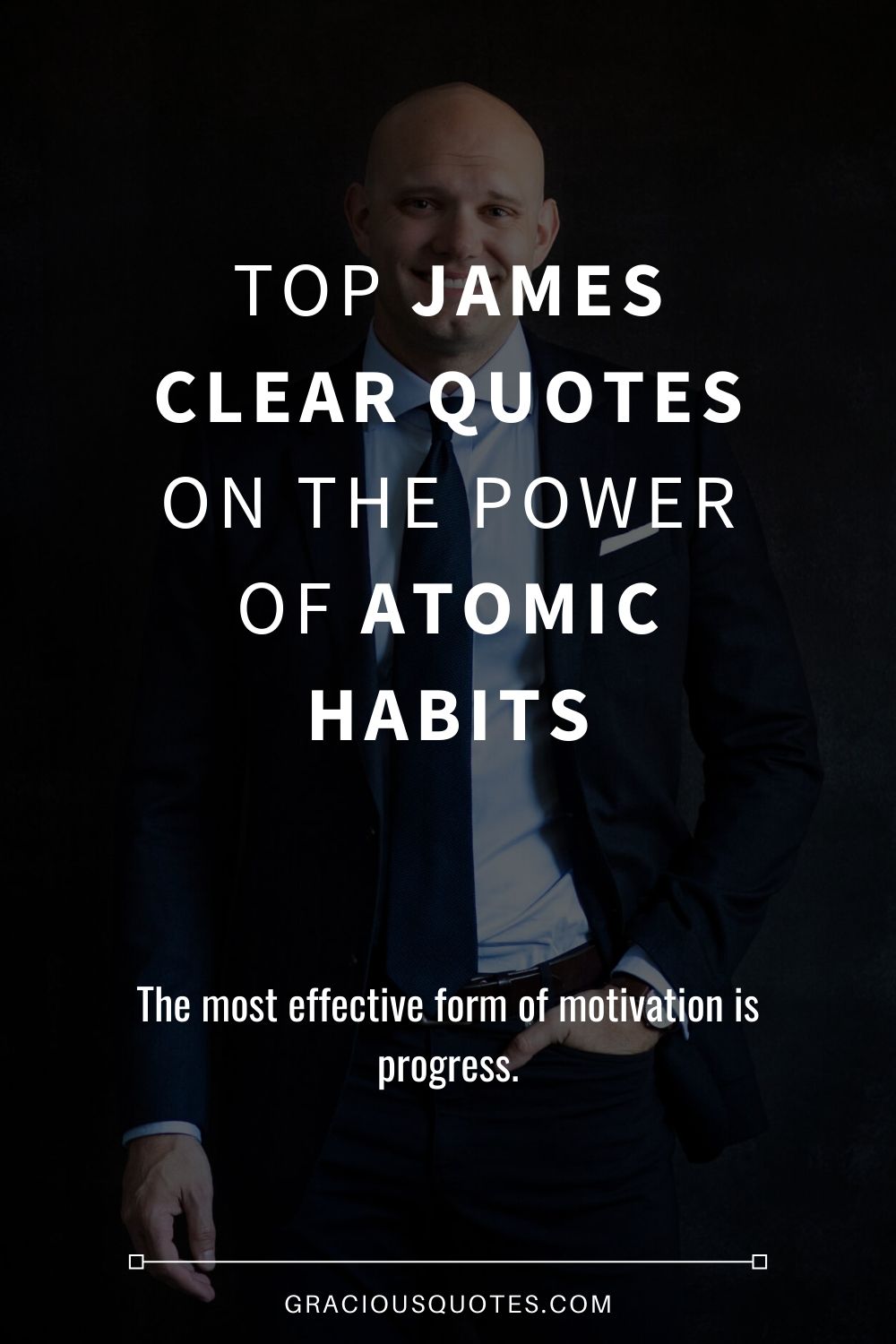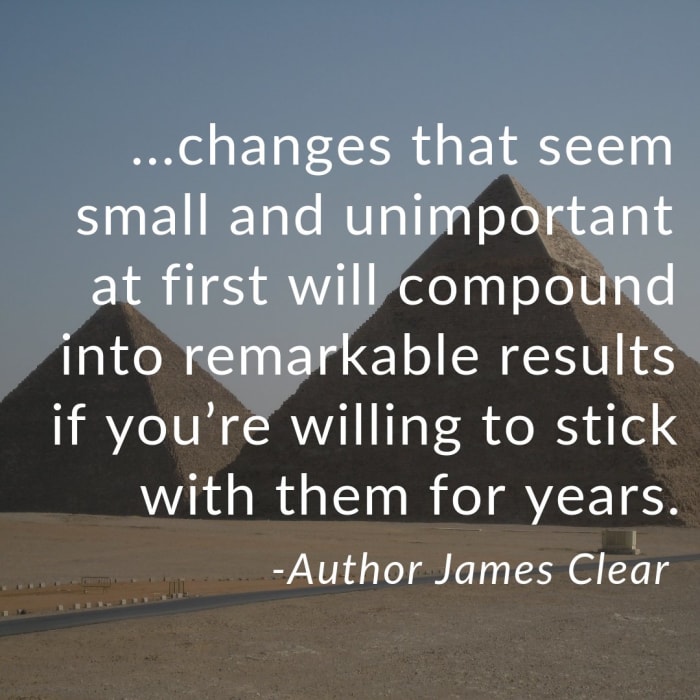

Make them invisible, unattractive, difficult, and unsatisfying. Conversely, do the opposite for bad habits. You can apply these to all kinds of good habits, like running, working on a side project, spending more time with family, and so on. If you like the fruit you picked, you’ll love eating it and feel healthier as a result! Bananas and apples are super easy to eat, for example.

Don’t create needless friction by focusing on fruits that are hard to peel. Start with the fruit you like the most, so you’ll actually want to eat one when you see it.

Don’t hide your fruits in your fridge, put them on display front and center. Here they are, along with some ideas for how you can use them to facilitate good behaviors and make bad ones harder: Lesson 2: To form habits, you must make them obvious, attractive, easy, and satisfying.įrom the four-step pattern he suggests, James then derives four laws of behavior change, which correspond to one part of the loop each. James offers a more refined version of what Duhigg described in The Power of Habit and while all of these approaches are different, none of them are mutually exclusive. There are several popular methodologies that try to predict how and why we do what we do, such as Charles Duhigg’s habit loop, Gretchen Rubins four tendencies, or BJ Fogg’s Tiny Habits behavior model. The satisfying feeling you get from the change, along with the lesson whether to do it again or not. Whatever thought or action you need to take to get to the reward. The motivation to change something to get the reward, like tasting the delicious cookie or being able to see. A piece of information that suggests there’s a reward to be found, like the smell of a cookie or a dark room waiting to light up.

Then, three more stages follow to complete the four-step pattern: It may not always be external, but, most of the time, it will be. When it comes to habits, James suggests that environment is the invisible hand that shapes human behavior. That’s why a prompt is always the first step in performing any habit. “…he is in this, as in many other cases, led by an invisible hand to promote an end which was no part of his intention.”
JAMES CLEAR QUOTES ATOMIC HABITS FREE
In 1776, Adam Smith laid the foundation of modern economics in his magnum opus, The Wealth of Nations. One of his most famous observations is that, in a free market system, all workers naturally maximize their own society’s welfare, even if merely acting in their own best interest:
JAMES CLEAR QUOTES ATOMIC HABITS PDF
If you want to save this summary for later, download the free PDF and read it whenever you want.ĭownload PDF Lesson 1: All habits are based on a four-step pattern, which consists of cue, craving, response, and reward. Let’s see what it takes to form new habits by learning from a true habit master! Atomic Habits Summary You can use a habit tracker as a fun way to measure your progress and make sure you don’t fall off the wagon.If we want to form new habits, we should make them obvious, attractive, easy, and satisfying.Every time we perform a habit, we execute a four-step pattern: cue, craving, response, reward.Here are 3 lessons to help you use everything he’s learned to break bad habits and form good ones: His first book, Atomic Habits, is now the definitive guide on the topic and has quickly become a New York Times bestseller! Today, he is one of the most popular habit researchers, reaching millions through his blog at. In college, he slowly accumulated good habits and eventually managed to become one of 33 players for the All-American Academic team. To get his own baseball career back on track, he had no choice but to rely on the power of small gains. Broken nose, dangerous brain swellings, dislocated eyes, fractures, his recovery took months. When he was in high school, a loose bat smashed right into his face. While Seth uses the picture to make a point about our irrational fears, in some rare cases, those fears come true. On one of the slides, he shows a baseball bat flying into the stands, with people ducking away and raising their arms in terror. One of the best keynote speeches I’ve seen is Seth Godin’s presentation for his book Linchpin.


 0 kommentar(er)
0 kommentar(er)
